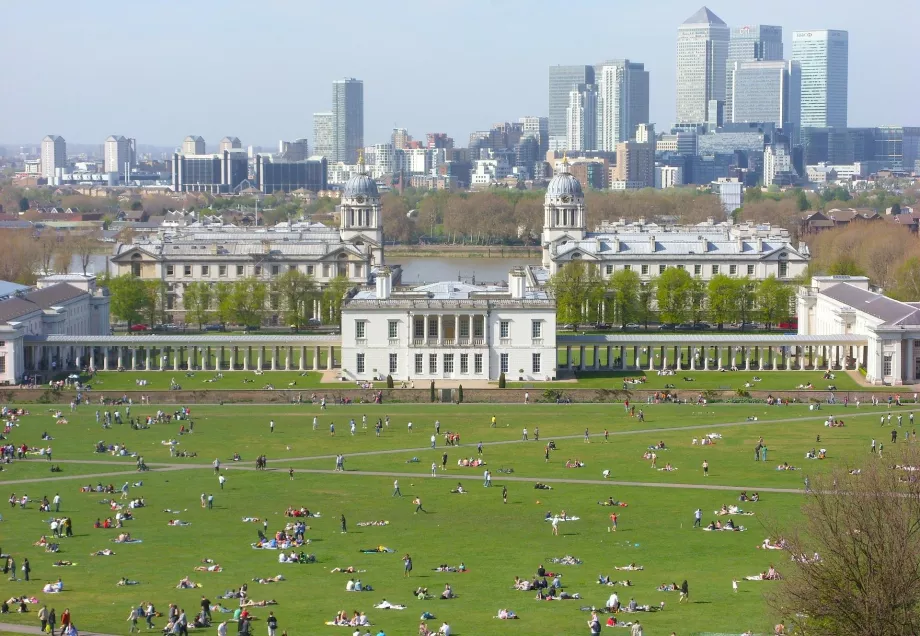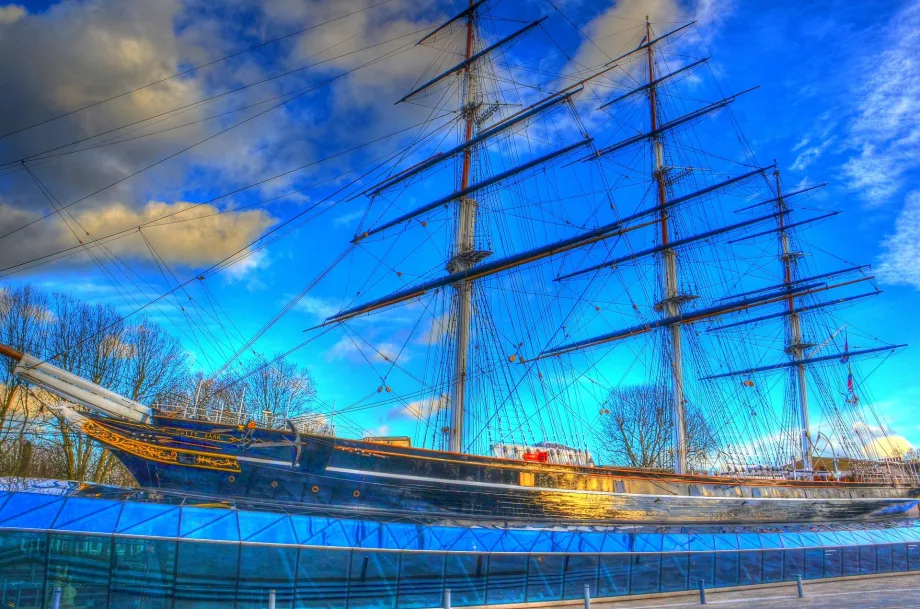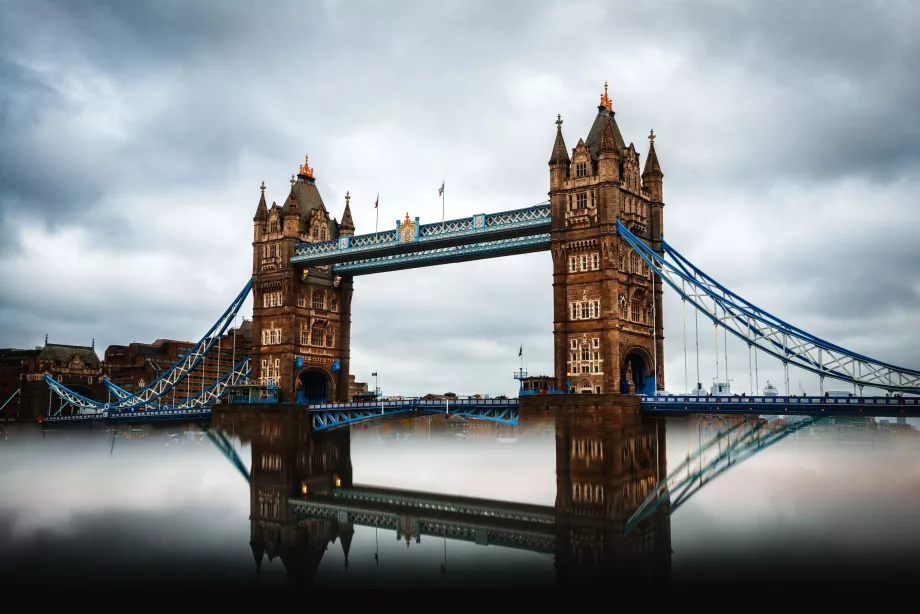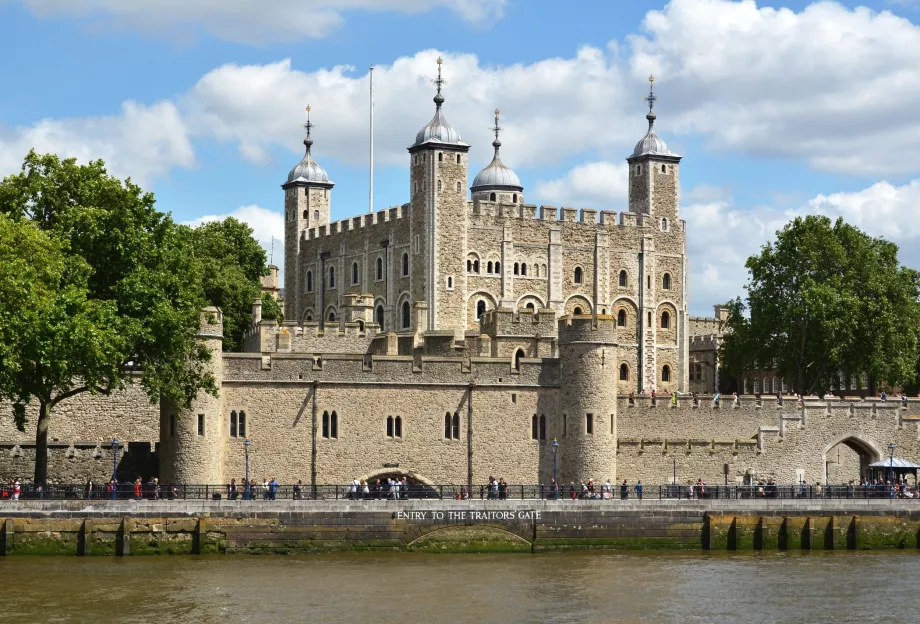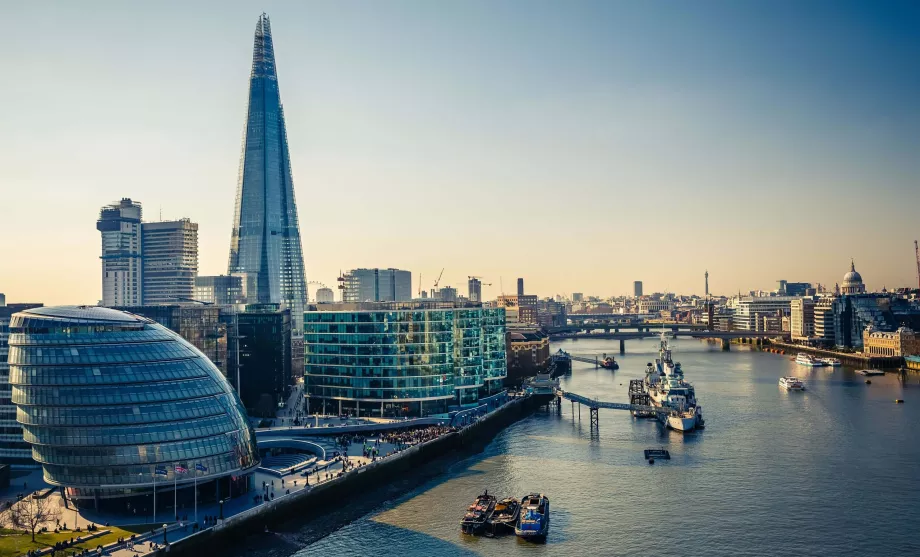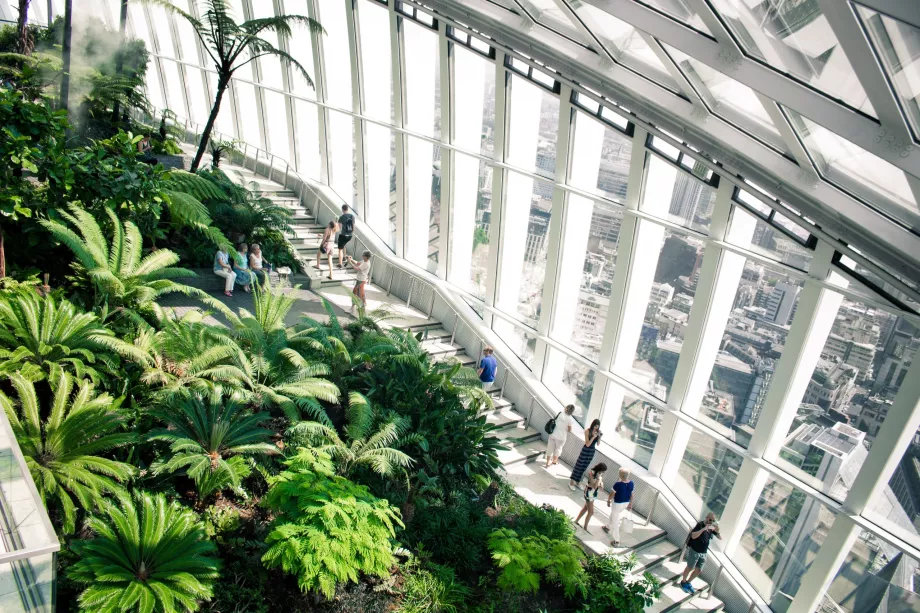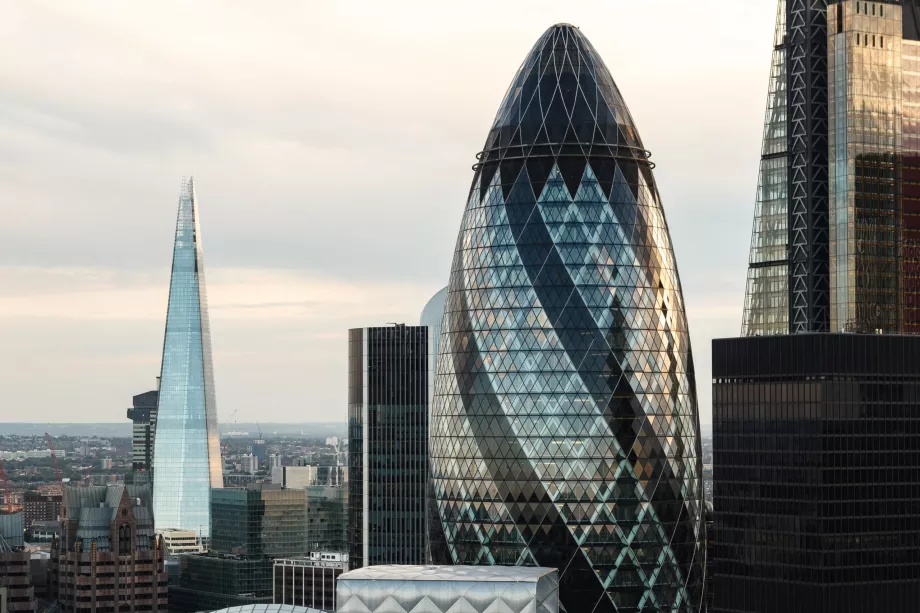Greenwich Observatory
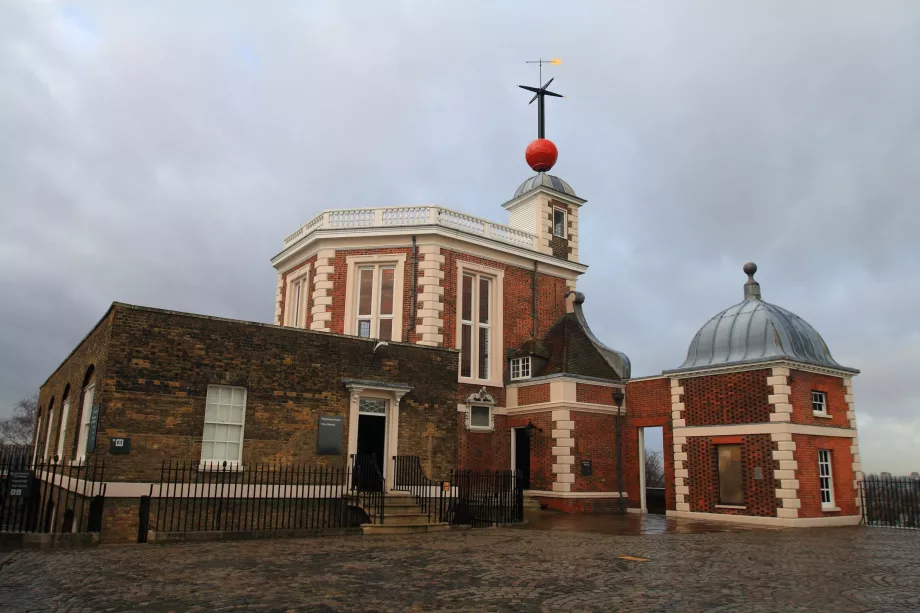
Greenwich is a borough in east London and a very popular place to visit, relax and have fun.
You'll find several attractions together, but most tourists are attracted by the most famous one: nultý poledník - Prime Meridian of The World. It was here, at Greenwich Observatory, that the zero meridian was defined and it is from here that world time is calculated.
The Prime Meridian
The world's most famous meridian, with a longitude of 0°, runs through the grounds of the Royal Observatory.
Historically, each colonial power developed its own system of determining latitude, but the development of transport and trade forced a gradual switch to the Greenwich system during the 19th century. The zero meridian as we know it today was established in 1851.
It is this meridian that divides the globe into western and eastern hemispheres and from which longitude, the quantity used to measure time, is derived.
The prime meridian sets the basic world time, the Universal Time Coordinate (UTC), from which all other time zones are derived (UTC + or -). For example, the Czech Republic is in the UTC +1 zone, 1 hour ahead of Greenwich Mean Time.
Next to the Royal Observatory, the zero meridian is shown on the pavement with metal strips and a powerful green laser illuminating the night sky. Standing with one foot in the Eastern Hemisphere and one foot in the Western Hemisphere is definitely the most popular activity at Greenwich.
This zero meridian monument is free to visit, but expect large crowds at almost any time of year.
The Royal Observatory and views of London
The Royal Observatory is located in Greenwich Park at its highest point and was the first purpose-built structure for scientific purposes in the UK.
The Observatory was established by King Charles II in 1675, as was the Office of the Astronomer Royal, which directed the work of the Observatory and supported navigation for exploratory and merchant marine expeditions.
After the Second World War, the Royal Observatory was permanently relocated outside London due to increased light pollution.
Today, in addition to the zero meridian, you can visit a small astronomical museum and the history of timekeeping navigation. Entrance to the museum costs 24 gbp and more information can be found on the official website rmg.co.uk.
From the observatory, you can enjoy a spectacular view of the whole of Greenwich Park, the University of Greenwich complex and the modern Canary Wharf and City of London in the background.
Greenwich Park
A very popular place to relax on a nice day is the large park surrounding the observatory.
The well-manicured lawn invites picnics, walks or just lying outdoors. There are also several ponds, hundreds of benches, a flower garden and a royal game preserve.
How to get to Greenwich?
Greenwich is located in a relatively remote area of London, which is not accessible at all by the traditional tube.
The nearest station "Greenwich" is about 800 metres from the Observatory and the zero meridian and is served by the DLR automatic tube. This will take you either to Canary Wharfstation, where you can change to the Jubilee Grey Line, or to Poplar station, where you can change to another DLR tube towards Monument or Tower Gateway station in the city centre.
Alternatively, there is a bus stop for the 129, 177, 188, 286 and 386 lines a little closer to the front of the Maritime Museum.
Accommodation in Greenwich
If you're looking for a really quiet place to live away from the hustle and bustle of the big city, Greenwich will be ideal. Even hotel prices here are lower than in the city centre and you can pay between 103 eur and 139 eur per night in a regular 3* hotel:
What to see around
Discover all the places to see in London.
Any questions left?
If you have any questions or comments about the article...

